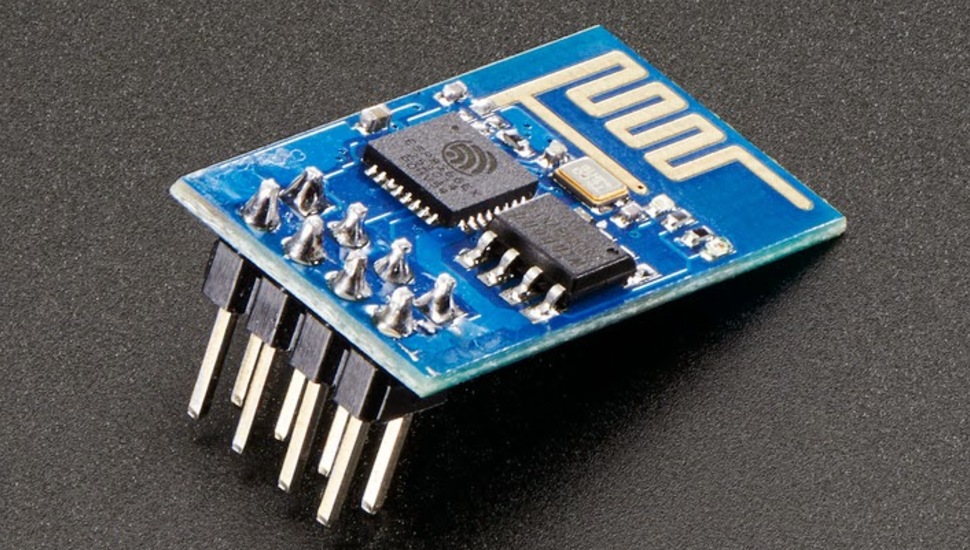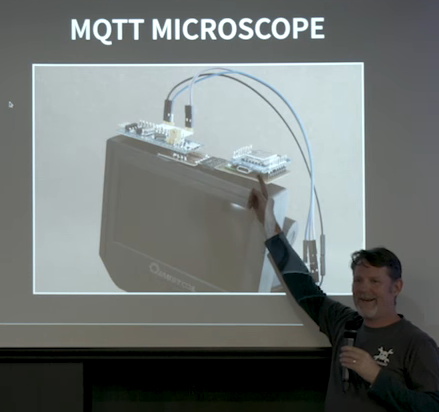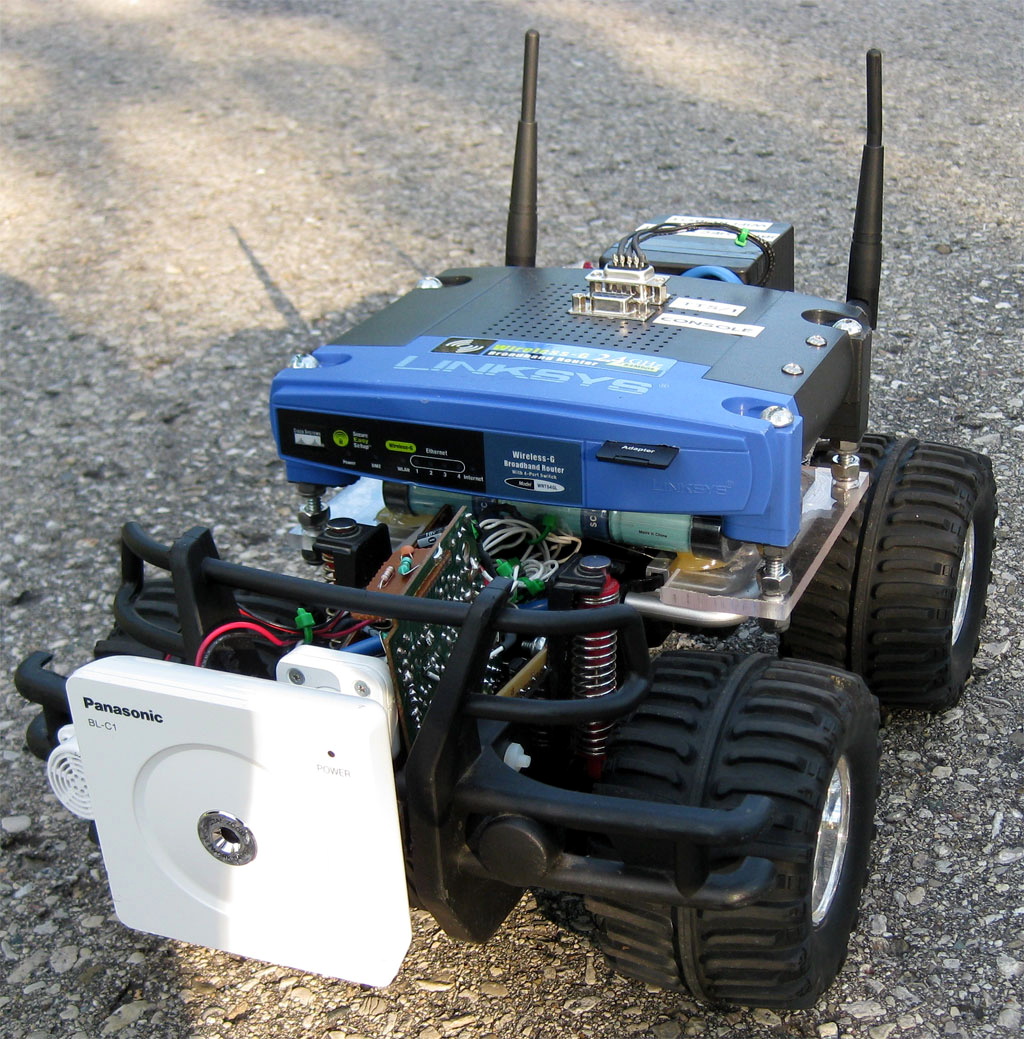Back at the 2017 Superconference, Hackaday Managing Editor Elliot Williams started his talk about the so-called “Internet of Things” by explaining the only part he doesn’t like about the idea is the Internet… and the things. It’s a statement that most of us would still agree with today. If anything, the situation has gotten worse in the intervening years. Commercial smart gadgets are now cheaper and more plentiful than they’ve ever been, but it seems like precious little has been done to improve their inherent privacy and security issues.
But his talk doesn’t serve to bash the companies producing these devices or even the services that ultimately folded and left their customers with neigh useless gadgets. That’s not his style. The central theme of “Nexus Technologies: Or How I Learned to Love WiFi” is that a smart home can be wonderful thing, assuming it works the way you want it to. Elliot argues that between low-cost modular hardware and open source software, the average hacker has everything they need to build their own self-contained home automation ecosystem. One that’s not only cheaper than what they’re selling at the Big Box electronics store, but also doesn’t invite any of the corporate giants to the party.
Of course, it wasn’t always so. A decade ago it would have been all but impossible, and five years ago it would have been too expensive to be practical. As Elliot details his journey towards a truly personal smart home, he explains the advances in hardware and software that have made it not just possible on the DIY level, but approachable. The real takeaway is that once more people realize how cheap and easy it is to roll your own smart home gadgets, they may end up more than willing to kick Big Brother to the curb and do IoT on their own terms.
This previously unpublished recording somehow slipped between the cracks of the editing room floor but upon recent discovery, it’s still just as relevant today. Take a look at Elliot’s view on Nexus Technologies, then join us after the break for a deeper dive. Make sure to subscribe to Hackaday’s YouTube channel to get in on the 2019 Hackaday Superconference live stream starting Saturday, November 16th.
Espressif to the Rescue
Anyone who’s been reading Hackaday for the last couple of years probably won’t be surprised to find that Elliot credits the ESP8266 from Espressif as one of the key elements that’s brought IoT within the hobbyist’s reach. Back in 2012, we were excited about the Electric Imp because the WiFi-enabled microcontroller and associated development board meant we could get our homebrew projects on the Internet for only $35 a pop. Today, the going rate for an ESP8266 and its development board is literally 1/10th of that.

But what newer players might not realize is that the ESP8266 was never designed to be the last word in Internet-enabled microcontrollers. In fact, it was quite the opposite. Originally, Espressif intended for the ESP line to essentially be simple WiFi “modems” for other devices, complete with an AT command set. It took the work of several dedicated hackers in the community to turn them into the all-in-one Arduino and MicroPython compatible IoT wonder-chip that we have today.
According to Elliot, the ESP’s new found abilities are something of a mixed blessing. While it’s difficult to overstate the impact these low-cost MCUs have had on DIY hardware, he believes that keeping things simple has its advantages. Rather than tasking the diminutive ESP8266 with running a web server and handling a dozen different tasks, he’d rather give each one a simple assignment and push the logistics of tying it all together to a higher level. With as cheap as they are, multitasking just doesn’t make a whole lot of sense.
The Rise of MQTT
As it so happens, a bunch of TCP/IP capable “dumb” devices are the perfect match for the other major component of Elliot’s home automation system: MQTT. This lightweight, publish-subscribe messaging protocol is one of those things most of us have heard about at one time or another, but perhaps haven’t taken the time to really investigate closely. An impromptu poll during the talk showed that less than a third of those in attendance were actively using the protocol, and while we’d bet that number would be a bit higher today, it’s still fairly niche.

For anyone who’s been on the fence about diving into the wonderful world of MQTT, Elliot’s talk is the perfect thing to push you over the edge. The bulk of his presentation discusses how he deployed his system, ranging from how he uses the freeform, hierarchical nature of MQTT topics to logically group together areas of his home to step-by-step instructions for installing the Mosquitto broker on a Raspberry Pi. You may remember his excellent four-part guide on using MQTT.
Elliot goes on to explain how the synergistic relationship between his ESP8266 laden home appliances and the ever-expanding list of topics on his MQTT broker. With hardware so cheap to be negligible and the ability to easily add new parameters to the broker whenever he wishes, plugging new devices into the system becomes second nature.
He goes on to show off a number of devices he’s built with MQTT support, from an understated wooden annunciator panel that displays whatever variables have his attention at the moment, to a digital microscope that was augmented with network control because pushing a physical button induced too much motion. All of which were built with an ESP8266, a handful of components, and a few lines of code. Once you know the steps, the dance is easy.
The Golden Age of Hacking

Looking back on it after a few years, Elliot’s talk serves as a signpost roughly marking a minor revolution in hardware hacking. At least in some cases, we’ve reached the point where building your own stuff has become so cheap and easy that it isn’t just something you do because you’re looking for an intellectual challenge, but because it simply makes sense. If the Arduino was the onramp to a new era of hardware hacking, then the ESP8266, the Raspberry Pi, and the wealth of open source software available today have put us on the Autobahn; and there’s no sign things are slowing down anytime soon.
In truth, there are times when we miss the “old” days of hardware hacking, when a disused Linksys router ponderously mounted atop a gutted remote controlled truck made for an enviable Linux robotics platform. There’s probably many of you in the audience that feel the same. But we’d be fools to turn our collective noses up at a project because it didn’t use the digital equivalents of stone knives and bearskins. Instead we should celebrate the fact that today, regardless of whatever tools they decide to use, more people than ever have the ability to build the things they’ve always dreamed of.